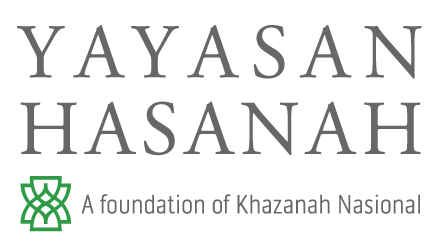In recent decades, the contents of the term ‘cultural heritage’ has been changed considerably, it does not end at built heritage such as monuments and collections of objects. It also includes knowledge, traditions or living expressions inherited from ancestors and passed on to the next generation. In the 1990s, the concept of intangible cultural heritage (ICH) emerged, which included the preservation of those elements of culture which are intangible, for example, songs, music, drama and crafts etc. UNESCO passed a convention in 2003 to protect ICH which aimed to raise awareness regarding the importance of ICH and ensure its respect and mutual appreciation.
The convention provided definition of ICH as “the practices, representations, expressions, knowledge, skills—as well as the instruments, objects, artefacts and cultural spaces associated therewith—that communities, groups and, in some cases, individuals recognise as part of their cultural heritage”.1 In the context of Malaysia, intangible heritage includes any form of expression, languages, performance, dance, song, music, and martial arts, which may have existed or exist in relation to the heritage of Malaysia.2
Hasanah recognises that cultural heritage embodied in traditional crafts is an integral part of any nation and consistent efforts are required for the sustainability of traditional craft heritage to ensure continuous transmission of craft skills and knowledge from generation to generation. In this regard, in 2018 Hasanah’s Arts, Heritage and Culture (AHC) pillar supported artisans across different spheres to pass on their knowledge and skills to selected protégés. This was done through the grant programme which supported the perseveration of silver craft of Kelantan; the intricate woodcarving skills of Terengganu and an art residency programme led by one of Malaysia’s most celebrated fine artist through the Talent Development Fund.
A total of 35 silver craftsmen, 6 woodwork carvers and 3 fine artists were supported in 2018 as part of Hasanah’s AHC’s pillar work in preservation and conservation, knowledge sharing of Malaysia’s intangible cultural heritage.
- The Kelantan Silver craftsmen project, involved 5 Master Craftsmen who were selected with the assistance of Kraftangan Malaysia, to produce high quality silver jewellery for embellishments on footwear that are handcrafted by shoe artisans in Italy. These 5 master craftsmen further selected 6 protégés to take on this journey with them.
- Works by master wood carver from Terengganu like Norhaiza Nordin (NN) hold the key to the future as they are eager not just to perpetuate their art but also to preserve the tradition by passing it to future generations. NN selected 5 artisans who he would mentor with through using a 360-degree approach that focussed on not just passing on the technical skill of woodcarving but train the mentees to speak about their work and its philosophy and what it represents.
- Bayu Utomo Radjikin, one of Malaysia’s celebrated fine artists, took under his wings 2 fine artists to participate in the 8-month art residency programme.
All three project initiatives would culminate in an exhibition to display their work and that of the proteges. The Kelantan Silver exhibition took place in November 2018 at Seri Negara. Two MoU were signed between the craftsmen with Lords Collection and EMASTERS during the exhibition to ensure sustainability of the craft. The woodwork exhibition is scheduled to take place in March 2019 followed by the fine artist’s exhibition in April 2019.

